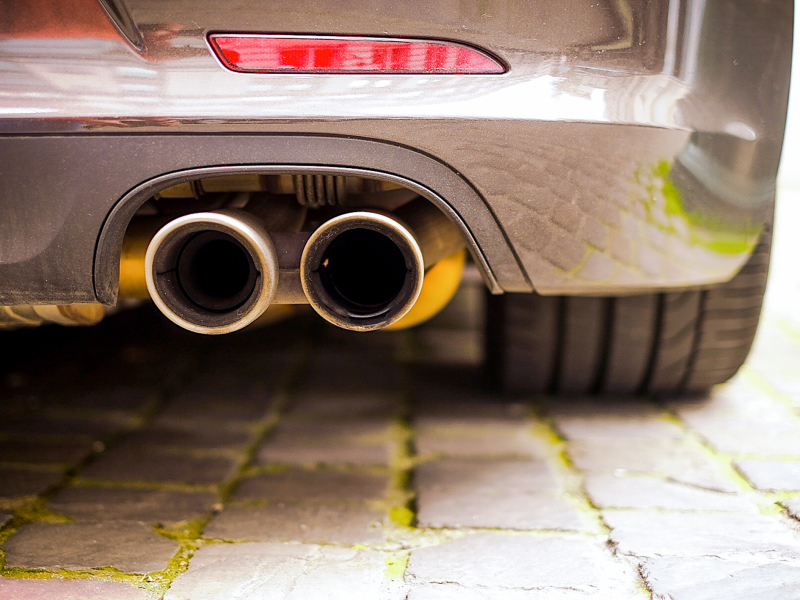Low Emission Zones in Antwerp: Feasibility Study
12.32
2012
A low-emission zone (LEZ) is a spatially defined area within a city, municipality, or port where certain access restrictions apply to achieve air quality improvement. In this study, we investigated the desirability and feasibility of introducing and managing one or more low-emission zone(s) in the city of Antwerp.
TML sought a suitable location and demarcation for an LEZ in the city of Antwerp. We looked at the impact on mobility, local air quality, and noise. This study showed that the Kernstad zone, demarcated by the Scheldt and the Singel, scored best.
The introduction of an LEZ noticeably reduces NO2 (nitrogen oxide), PM2.5 (fine dust), and especially EC (ultrafine dust) emissions. There is a clear positive impact on health. The life span of a resident is extended by 25 days on average.
Furthermore, the preconditions, required framework, and necessary measures to proceed with the introduction and management of an LEZ in the city of Antwerp were studied. Attention was paid to the legal possibilities and limitations and the practical choices regarding technical elaboration and enforcement methods. We examined the possibilities for flanking policy and considered social support and ongoing projects and mobility plans.
Finally, we carried out a cost-benefit analysis (CBA). The various financial and social costs and benefits associated with the introduction of an LEZ in Antwerp were identified. The net costs for the government amount to 5 to 8 million euros (net present value (NPV)). The costs for users amount to 119 to 122 million euros (NAV). These mainly include the costs of fitting a particulate filter and early replacement of the vehicle with a cleaner one. Health benefits amount to €200 million (NAW). Given that the NAW of benefits is greater than the NAW of costs, we can speak of a socially profitable project.
TML sought a suitable location and demarcation for an LEZ in the city of Antwerp. We looked at the impact on mobility, local air quality, and noise. This study showed that the Kernstad zone, demarcated by the Scheldt and the Singel, scored best.
The introduction of an LEZ noticeably reduces NO2 (nitrogen oxide), PM2.5 (fine dust), and especially EC (ultrafine dust) emissions. There is a clear positive impact on health. The life span of a resident is extended by 25 days on average.
Furthermore, the preconditions, required framework, and necessary measures to proceed with the introduction and management of an LEZ in the city of Antwerp were studied. Attention was paid to the legal possibilities and limitations and the practical choices regarding technical elaboration and enforcement methods. We examined the possibilities for flanking policy and considered social support and ongoing projects and mobility plans.
Finally, we carried out a cost-benefit analysis (CBA). The various financial and social costs and benefits associated with the introduction of an LEZ in Antwerp were identified. The net costs for the government amount to 5 to 8 million euros (net present value (NPV)). The costs for users amount to 119 to 122 million euros (NAV). These mainly include the costs of fitting a particulate filter and early replacement of the vehicle with a cleaner one. Health benefits amount to €200 million (NAW). Given that the NAW of benefits is greater than the NAW of costs, we can speak of a socially profitable project.


